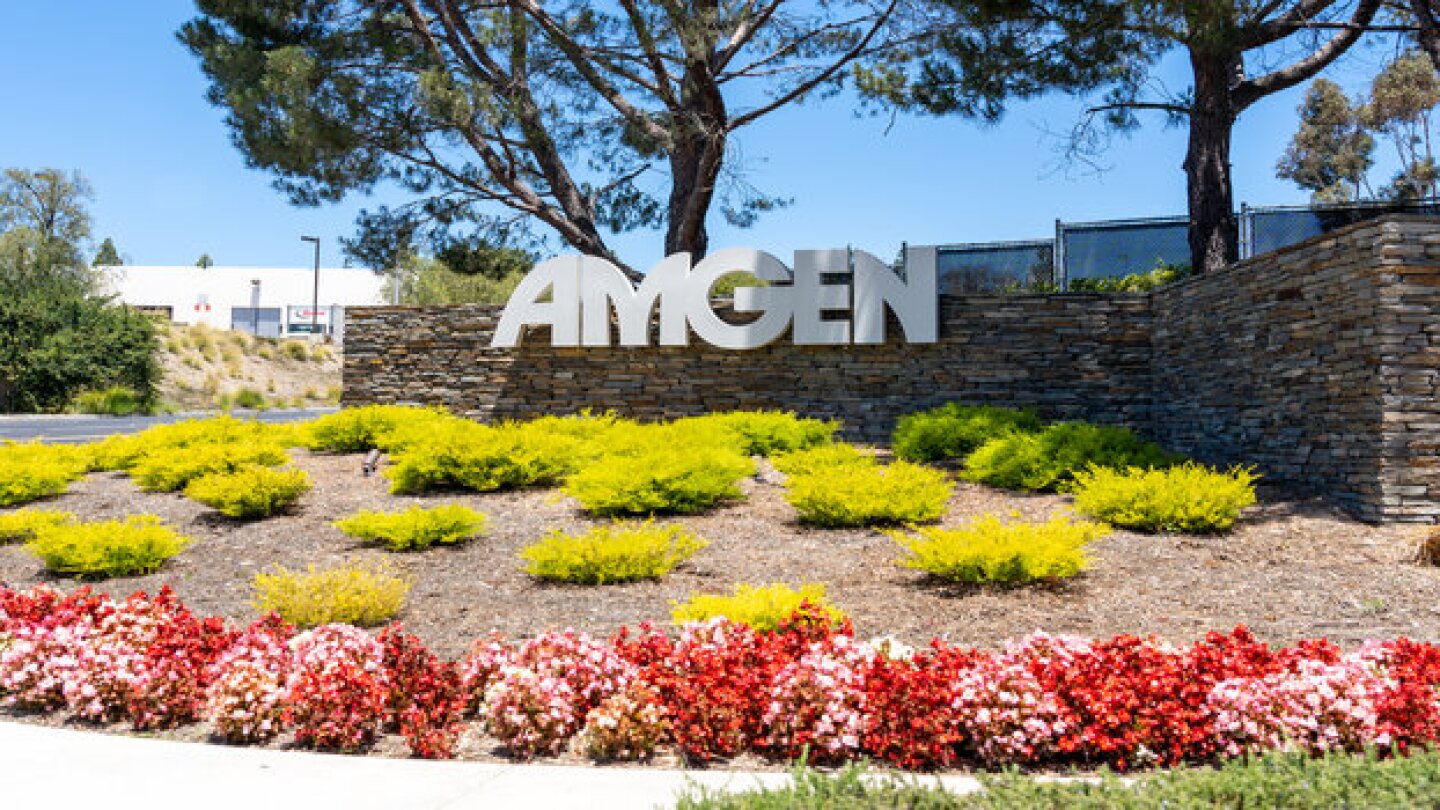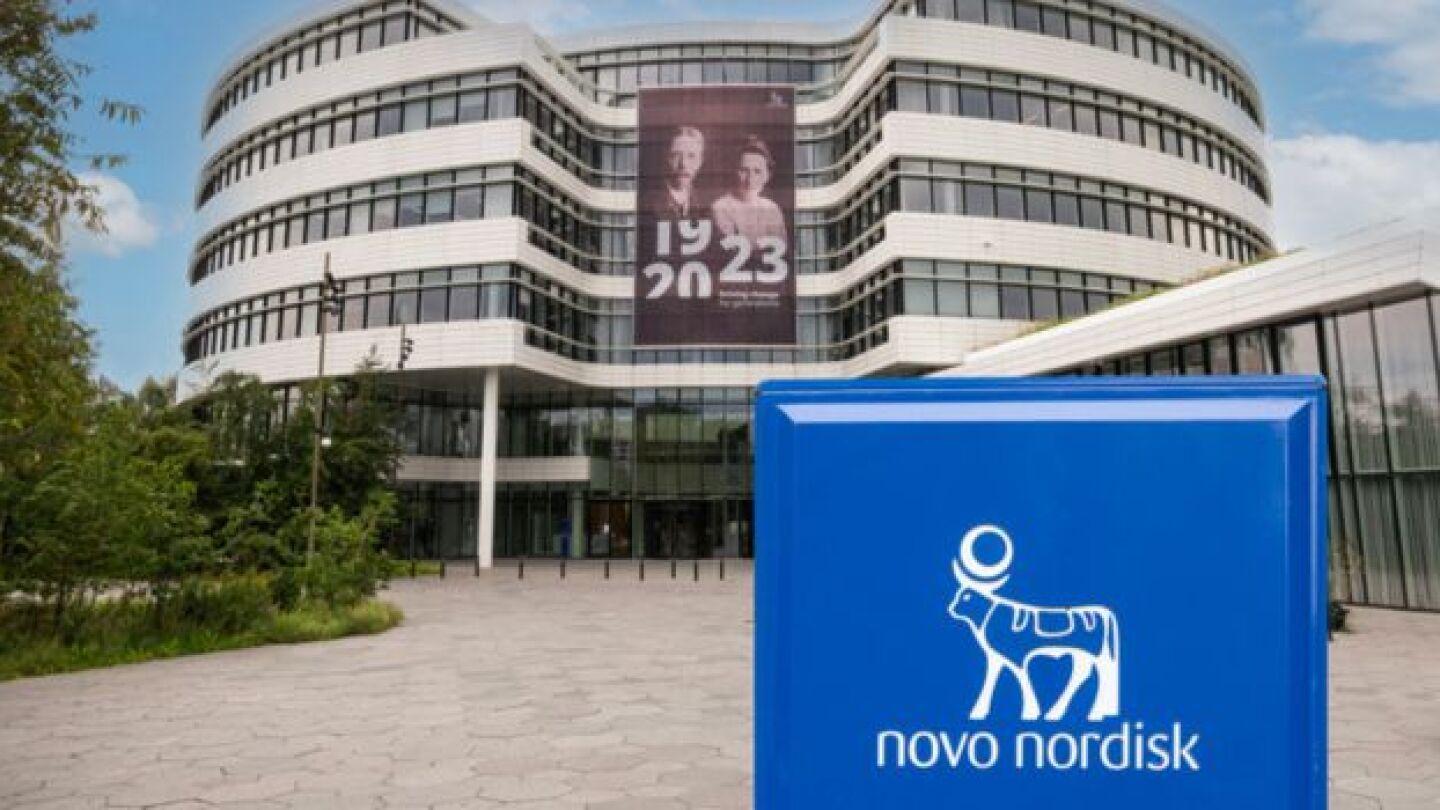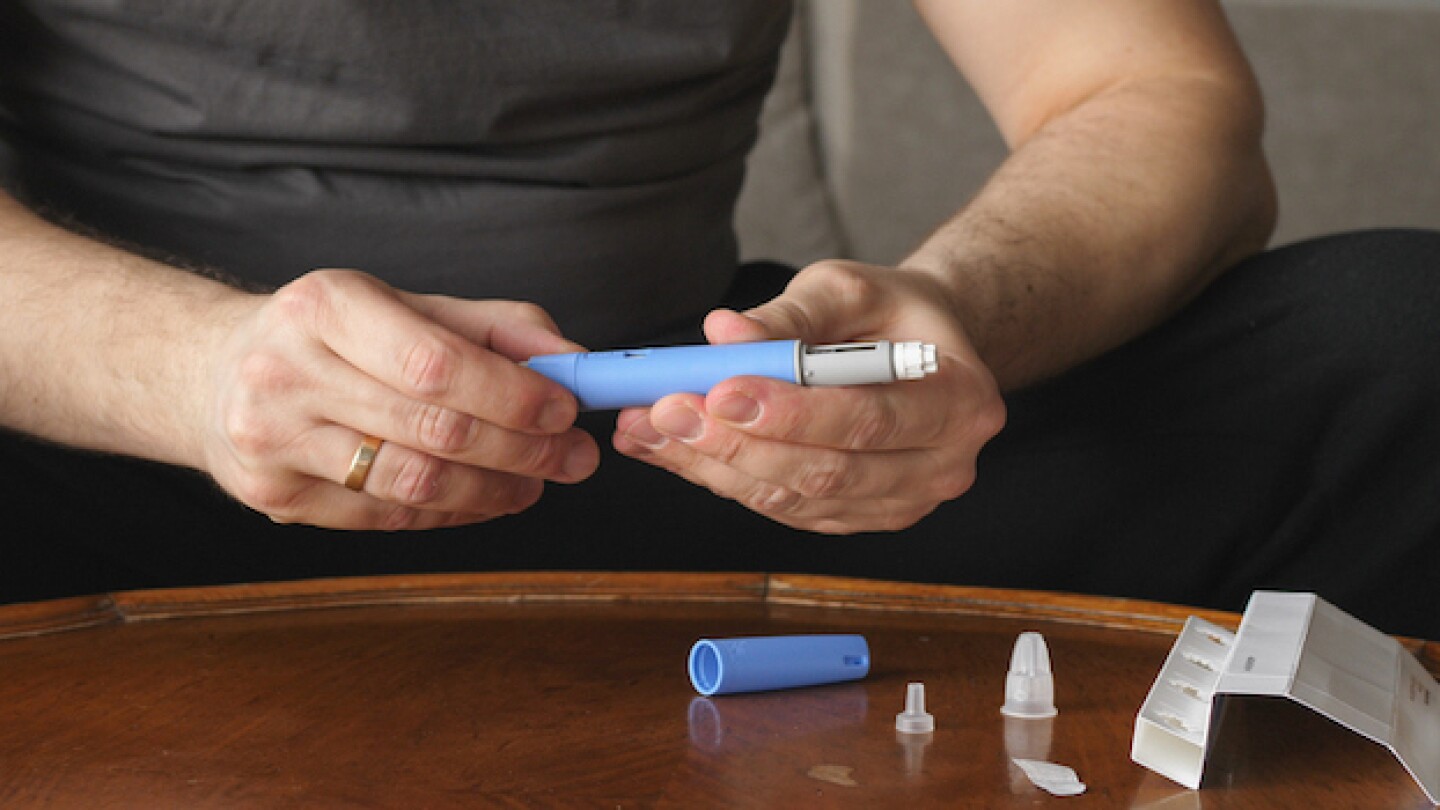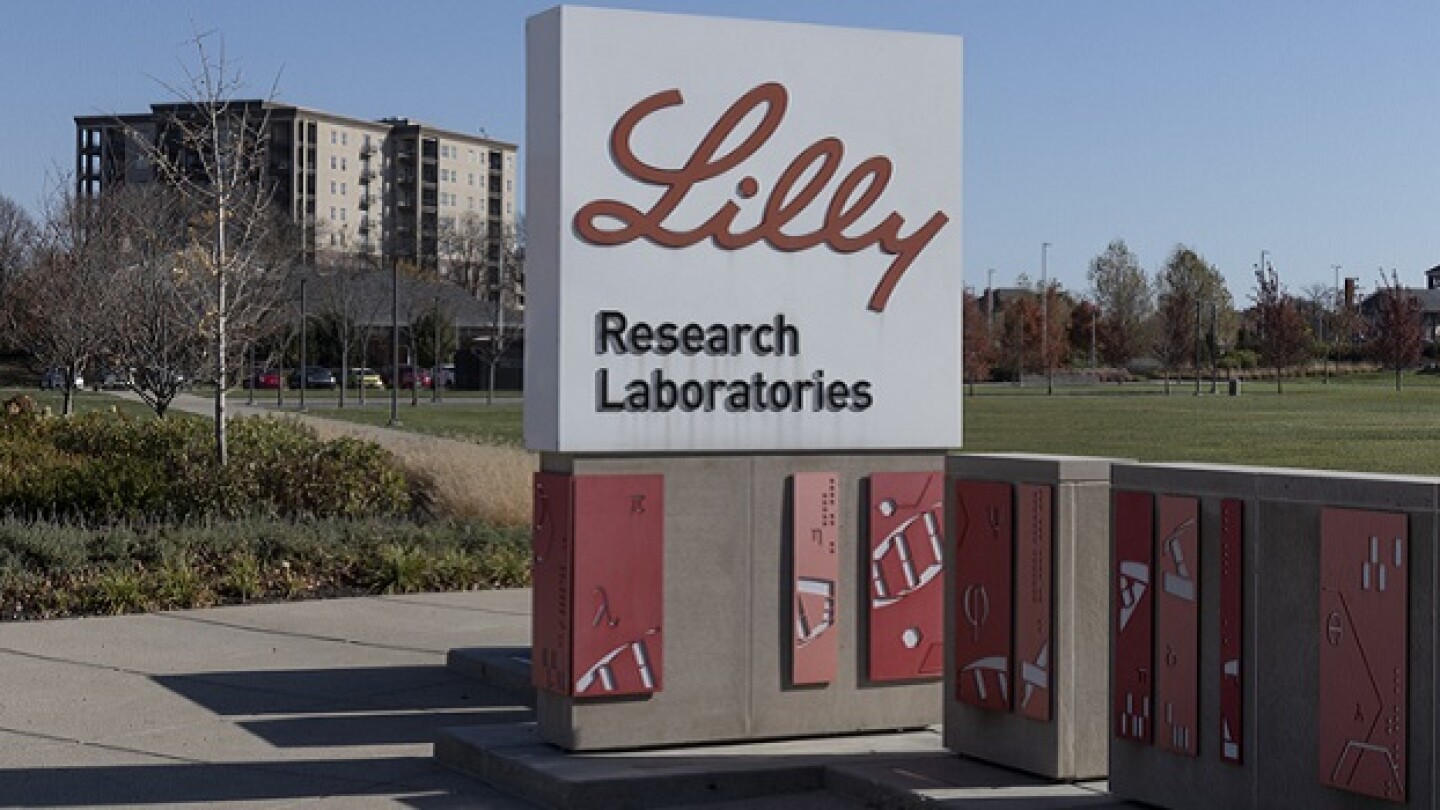GLP-1
Phase I results published Monday suggest Amgen’s investigational weight-loss drug MariTide produces longer-lasting effects than GLP-1s currently on the market.
The biotech is taking a synergistic approach to obesity with two muscle-preserving antibodies set to enter a Phase II study in mid-2024 in combination with existing incretin-based treatments.
The U.S. Department of Health and Human Services on Thursday released new data showing that Americans pay three times more for prescription drugs than other developed countries and nearly 10 times more for insulin.
The Swiss pharma on Thursday projected mid-single-digit sales growth for 2024, culling eight assets and looking to acquisitions and collaborations for de-risked assets with “significant potential.”
Driven by soaring demand for its diabetes and weight loss drugs, Novo Nordisk on Wednesday reported better-than-expected full-year 2023 earnings with a 31% sales increase.
Excluding its COVID-19-products Comirnaty and Paxlovid, Pfizer’s revenue in the fourth quarter of 2023 grew 8%. The company projects full-year revenue in 2024 to remain about flat.
Stringent regulation, manufacturing costs and absence of price control contribute to high GLP-1 agonist costs in the U.S. Patients could go to other countries for cheaper treatment.
The persistent shortage of genuine glucagon-like peptide 1 receptor agonist products has led to an increase in fake versions, the World Health Organization warned on Monday.
More than 3,000 people in the U.S. suffered from side effects of Ozempic in 2023, according to exclusive reporting on Wednesday from Reuters citing data from America’s Poison Centers.
As JPM week draws close, Lilly CEO David Ricks talks about what he thinks is in store for the biopharma industry.
PRESS RELEASES










